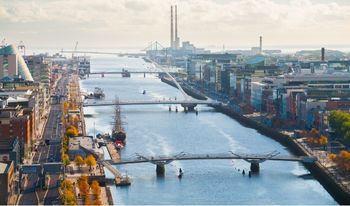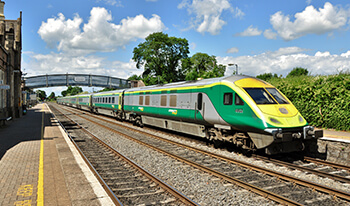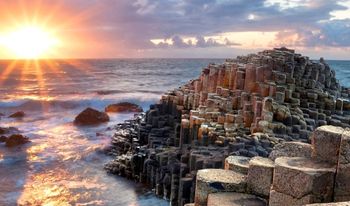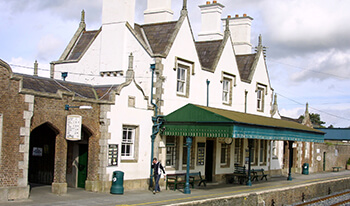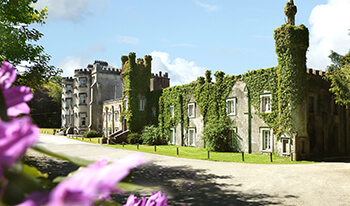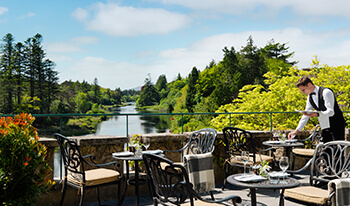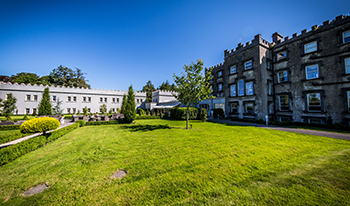Kilmainham Gaol (Irish: Príosún Chill Mhaighneann) is a former prison, located in Kilmainham in Dublin, which is now a museum. It has been run since the mid-1980s by the Office of Public Works (O.P.W.), an Irish Government agency.
Kilmainham Gaol has played an important part in Irish history, as many leaders of Irish rebellions were imprisoned and some executed in the jail. The jail has also been used as a set for several films.
When it was first built in 1796, Kilmainham Gaol was called the 'New Gaol' to distinguish it from the old jail it was intended to replace - a noisome dungeon, just a few hundred metres from the present site. It was officially called the County of Dublin Gaol, and was originally run by the Grand Jury for County Dublin. Over the 140 years it served as a prison, its cells held many of the most famous people involved in the campaign for Irish independence. The leaders of the 1916 Easter Rising were held and executed here.
Children were sometimes arrested for petty theft (as in the UK), the youngest said to be a seven year-old boy[citation needed], while many of the adult prisoners were deported to Australia.
There was no segregation of prisoners; men, women and children were incarcerated up to 5 in each cell, with only a single candle for light and heat, most of their time was spent in the cold and the dark.
Kilmainham Gaol was abandoned as a jail in 1924, by the government of the new Irish Free State. Following lengthy restoration, it now houses a museum on the history of Irish nationalism and offers guided tours of the building.
An art gallery on the top floor exhibits paintings, sculptures and jewelry of prisoners incarcerated in jails all over contemporary Ireland.
Victorian Optimism: The New East Wing.
At Kilmainham the poor conditions in which women prisoners were kept provided the spur for the next stage of development. Remarkably, for an age that prided itself on a protective attitude for the 'weaker sex', the conditions for women prisinors were persistently worse than for men. As early as his 1809 report the Inspector had observed that male prisoners were supplied with iron bedsteads while females 'lay on straw on the flags in the cells and common halls.' Half a century later there was little improvement. The women's section, located in the west wing, remained overcrowded.
Kilmainham Gaol's historic importance was assured by those heroic men and women who were held or died here for their nationalist ideals. The Gaol's history as a prison, the fate of the common man and women as convict, is a compelling story in its own right. Their story gives a unique insight into convict transportation and the Great Famine, two major events in the social history of modern Ireland.
Kilmainham Gaol is one of the biggest unoccupied gaols in Europe. Now empty of prisoners, it is filled with history. It has aptly been described as the 'Irish Bastille'.
When the Gaol was first built public hangings took place at the front of the Gaol. However, from the 1820s onward very few hangings, public or private, took place at Kilmainham.
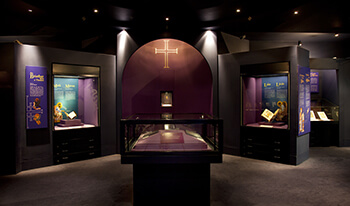
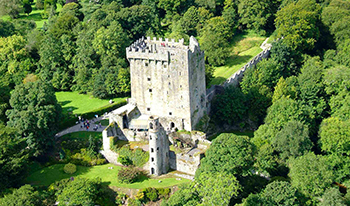
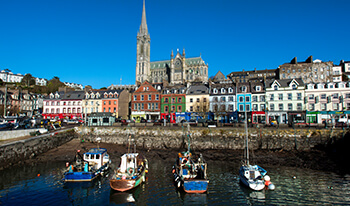
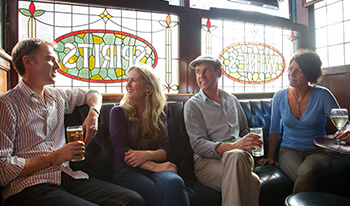
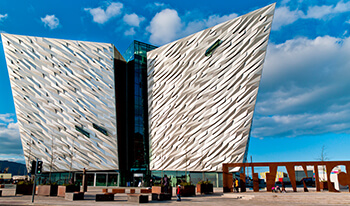
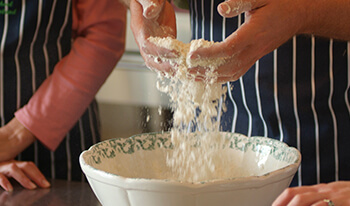
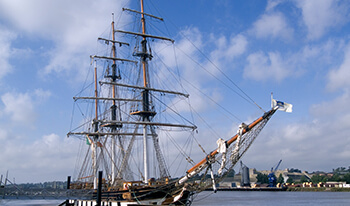
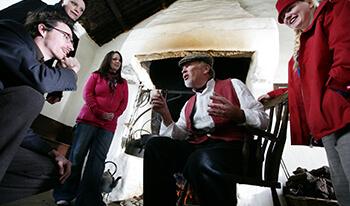
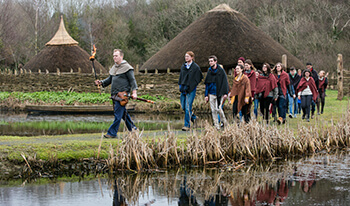
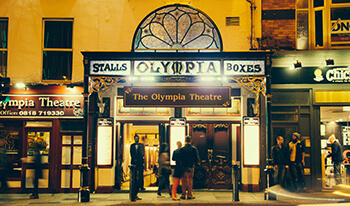

.png)
